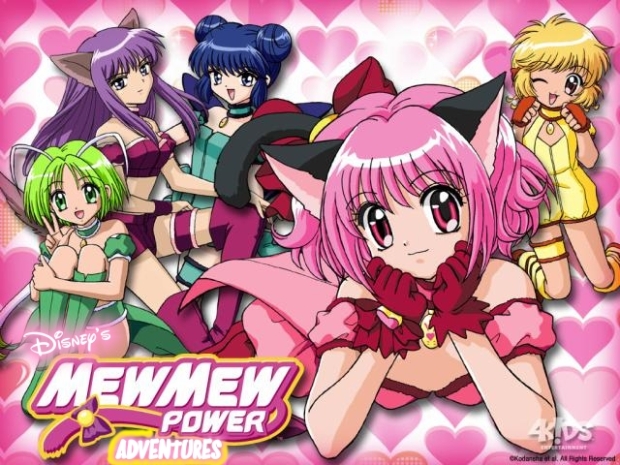After reading ‘Autoethnography: An Overview‘ I have realised the importance of NOT delving into your own personal story in relation to experiencing a culture WITHOUT analysing that experience. It is important to experience, observe and to question.
Autoethnography is a qualitative research methodology that combines autobiography and ethnography. Such a combination ultimately allows the researcher to uncover a large amount of information about a culture.
Epiphanies are experiences gained from immersing oneself into a culture and are powerful reflective tools used by autoethnographers:
In primary school I developed a love and appreciation for Asian culture.
When I was in year three I befriended a Vietnamese girl.
I distinctly remember enjoying her company because she introduced me to a completely different world, one that I had previously been unaware of.
In my micro world bubble, she brought in macro world elements of Vietnamese culture, including food, music, stationary and other miscellaneous things.
This friendship allowed me to garner a more personal experience with the culture itself and taught me to be understanding and sensitive towards it and its values.
I feel very enthusiastic about conducting an autoethnographic study on Asian culture. As I have grown older, I have found myself increasingly interested in the way people from this culture express themselves, be it through their eclectic and quirky Harajuku street fashion, their photography, art and/or music.
This video provides insight into why ‘decora girls’ dress this way. The interviewer engages in participant observation to gain a deeper understanding of life as a decora girl and why it is such a popular phenomenon. It is a symbol of rebellion against the mainstream values of ‘order and discipline’ that are engrained within Japanese culture. However, the interviewer ultimately communicates that this fashion is an integral part of identity; a subculture signifier.
Similarly, from my own observations, this cutesy, kawaii fashion reminded me of that seen in famous Japanese anime, including Sailor Moon and Mew Mew Power.
With my current understanding of autoethnography, I would like to work with a group to analyse various elements of Asian culture including food, tv shows, movies, fashion etc. This analysis could be strengthened through interviews and participant observations. The participant observations would be a great way to immerse myself into the culture and to quickly expand my knowledge of it. I feel that these experiences would be effectively documented through video and uploaded to YouTube.
I am conscious of doing this in a manner that is objective, respectful and non exploitative. However, I realise that ‘…subjectivity, emotionality, and the researcher’s influence on research…’ are natural parts of the autoethnographic process.
References:
Ellis, C., Adams, T.E., and Bochner, A.P. 2011 ‘Autoethnography: An Overview‘, Forum: Qualitative Social Research, vol.12, no.1, viewed 11th August 2017, <http://www.qualitative-research.net/index.php/fqs/article/view/1589/3095>.

Very nice breakdown of the auto-ethnography concept. Inserting your own personal experience to the blog post made it a very interesting read. Personally I’m a little surprised at the amount of people that have been exposed to Japanese culture and embrace it without any sort of confusion. As strange as the fashion culture of Harajuku is, it’s quite easy to wrap your head around it.
LikeLiked by 1 person
Thank you for your comment! I love it, the colours, the quirkiness and the free expression of self. Harajuku street fashion is truly individual and iconic. I don’t understand how anyone could not embrace Japanese culture!
LikeLike
Very cool way of communicating your personal auto ethnographic break down. The short sentences were fun to read and gave a nice insight into how you came to appreciate Asian culture. For your research project, participant observations sounds like a great way to conduct autoenthographic research. Looking forward to seeing your artefact.
LikeLiked by 1 person
Thank you! 🙂
LikeLiked by 1 person